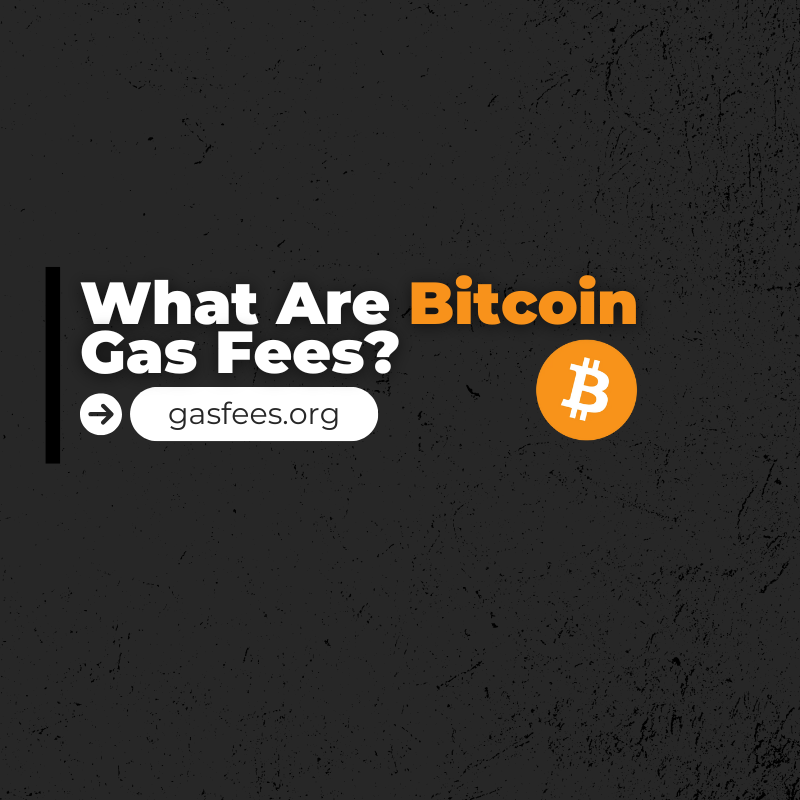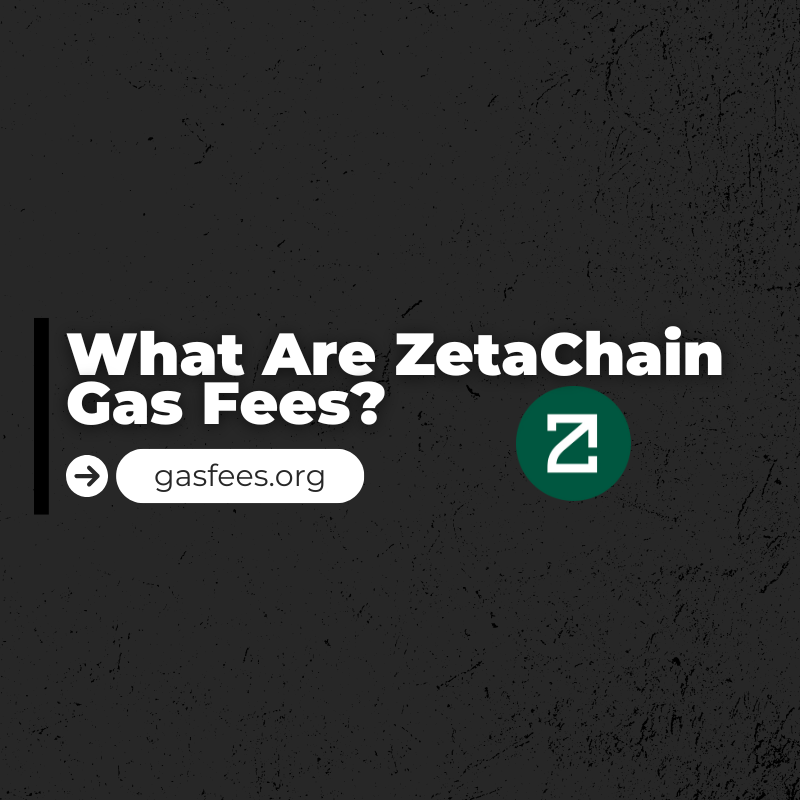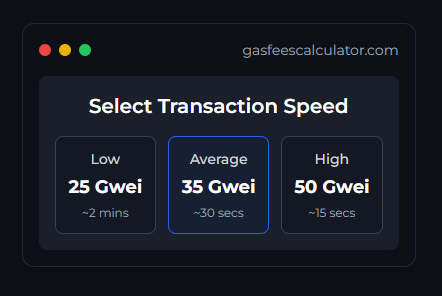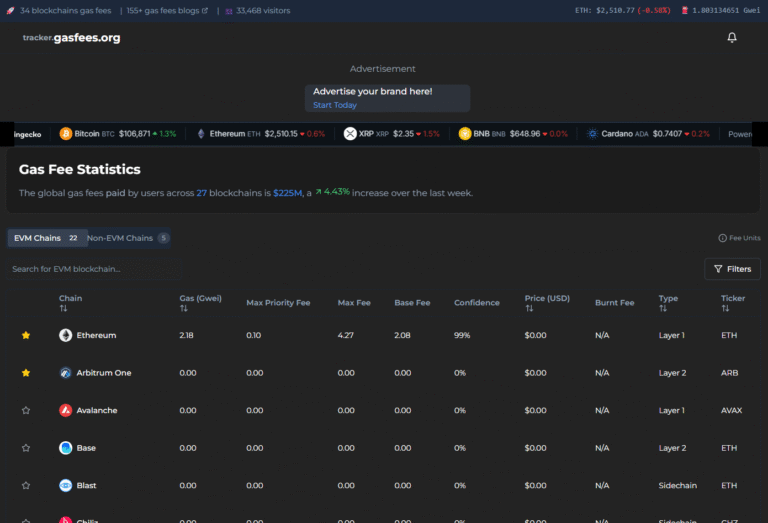
A Guide to Transaction Costs on the Interoperable Ethereum Bridge
- Official Links
Written By: Mr. GasMan
Navigating the world of blockchain technology can feel like cracking a complex code, especially when it comes to understanding gas fees. For users accustomed to Ethereum’s fee structure, exploring Evmos, the interoperable bridge between Ethereum and Cosmos, throws another variable into the mix. But fear not, intrepid explorer! This guide delves deep into the intricacies of Evmos gas fees, shedding light on their unique workings and empowering you to optimize your experience on this innovative platform.
Beyond Burning: A Dynamic Fee Market
Unlike Ethereum’s traditional fee model, where a portion of fees gets burned, Evmos embraces a dynamic fee market inspired by EIP-1559. This model introduces three key components:
- Base Fee: A dynamically adjusted fee, fluctuating based on network congestion. Think of it as the baseline cost for processing your transaction.
- Priority Fee: An optional tip you can offer to incentivize miners to prioritize your transaction in busy periods.
- Max Fee: The absolute maximum you’re willing to pay for your transaction to be processed.
This system prioritizes transaction urgency while ensuring network stability. Users have greater control over their costs, while developers and validators benefit from a sustainable revenue stream.
The dApp Store: Sharing the Spoils
But where do these fees go? Enter the dApp Store, a revolutionary concept unique to Evmos. Unlike Ethereum, where fees primarily reward validators, Evmos distributes them 50/50 between validators and smart contract developers. This incentivizes high-quality dApp development and fosters a symbiotic relationship between network participants.
Gas Up for Action: Understanding Your Costs
Now, let’s get down to brass tacks. What affects your Evmos gas fees? Several factors come into play:
- Transaction Complexity: Simple transfers incur lower fees compared to intricate smart contract interactions.
- Network Congestion: During peak times, the base fee rises, making transactions more expensive.
- Priority Fee: Offering a higher priority fee pushes your transaction to the front of the queue, increasing its cost.
Mastering the Gas Gauges: Tools for Savvy Users
Fortunately, navigating Evmos gas fees doesn’t require a crystal ball. Several tools can help you estimate and optimize your costs:
- Block Explorers: Platforms like Etherscan and Mintscan display current network congestion and base fees.
- Gas Fee Estimators: Tools like GasNow and ETH Gas Station provide real-time gas price estimates.
- Wallet-Integrated Tools: Many wallets, like MetaMask, offer built-in gas fee suggestions.
The Future of Fees: A Sustainable Ecosystem
Evmos’ dynamic fee model represents a step forward in blockchain fee structures. By rewarding developers and promoting network stability, it fosters a sustainable ecosystem that benefits everyone. As the Ethereum-Cosmos bridge continues to evolve, expect continued innovation in the realm of gas fees, further empowering users and securing a future for interoperable blockchain technology.
Share this blog:
NOT YOUR KEYS, NOT YOUR COINS
Cryptotag Zeus
Recent Posts
Why Use GasFees.org? 🛠️
📊 Real-Time Data: Get accurate gas fee updates anytime.
🌍 All Blockchains: Layer 1 and Layer 2 covered in one place.
💸 Save Money: Optimize transactions with our insights.
🔍 Easy to Use: Designed for beginners and experts alike.










